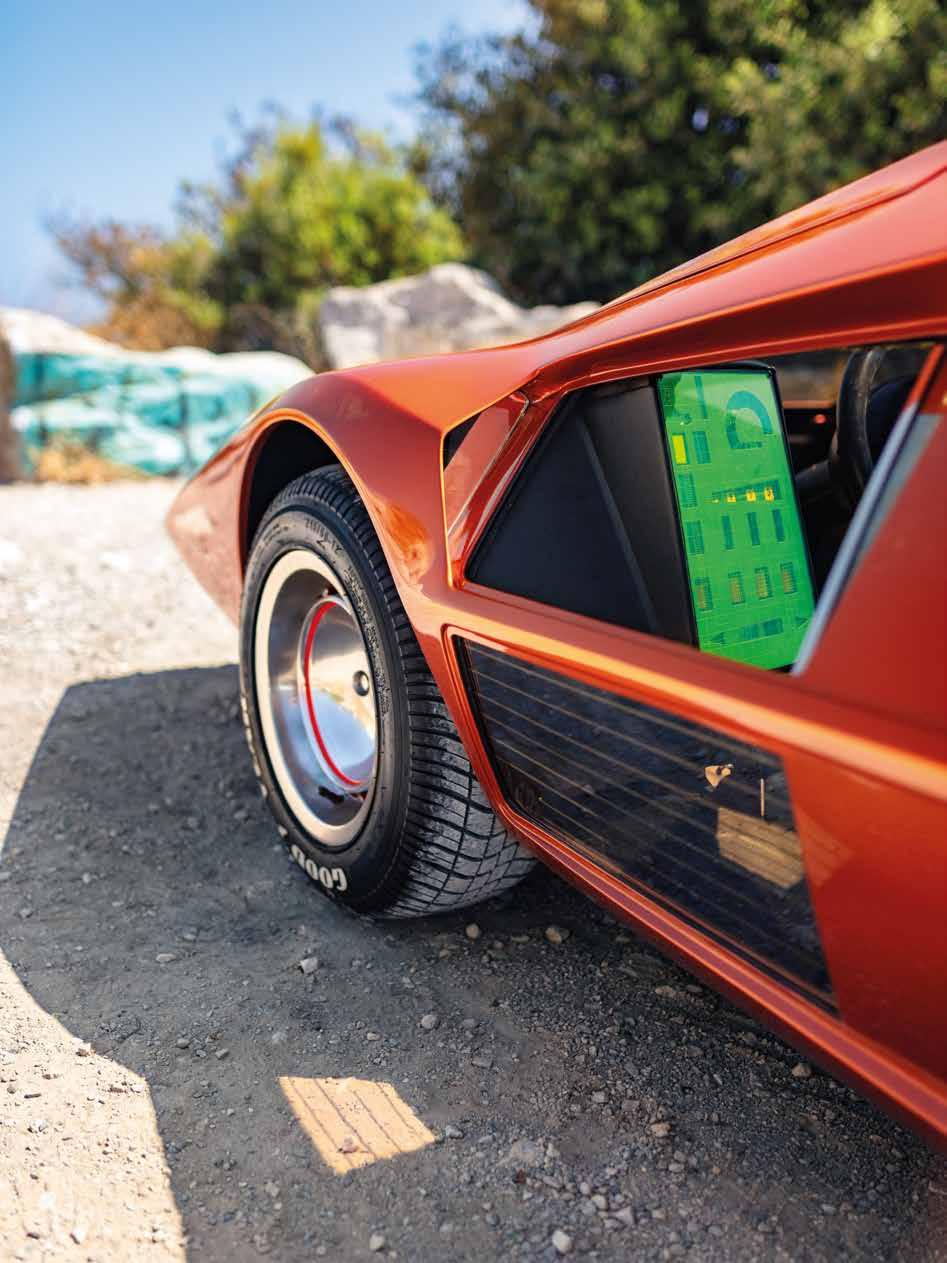

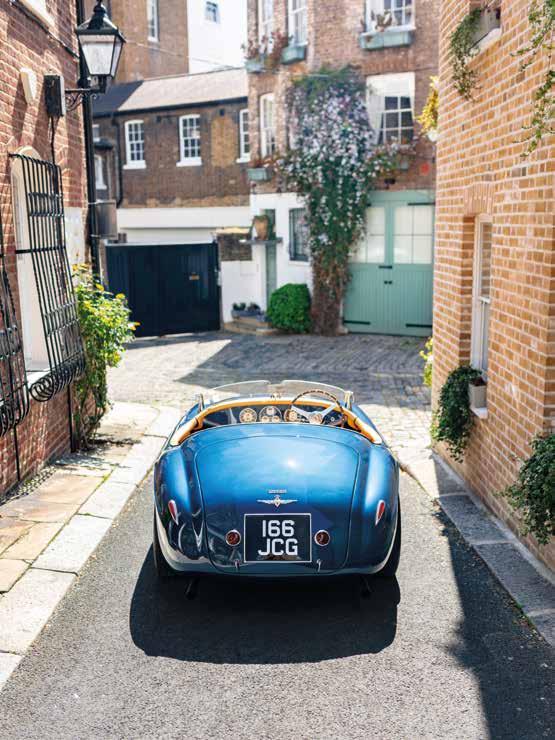
1948–1951
25 units produced V12 engine (1,996 cc)
140 hp
210 km/h




1948–1951
25 units produced V12 engine (1,996 cc)
140 hp
210 km/h
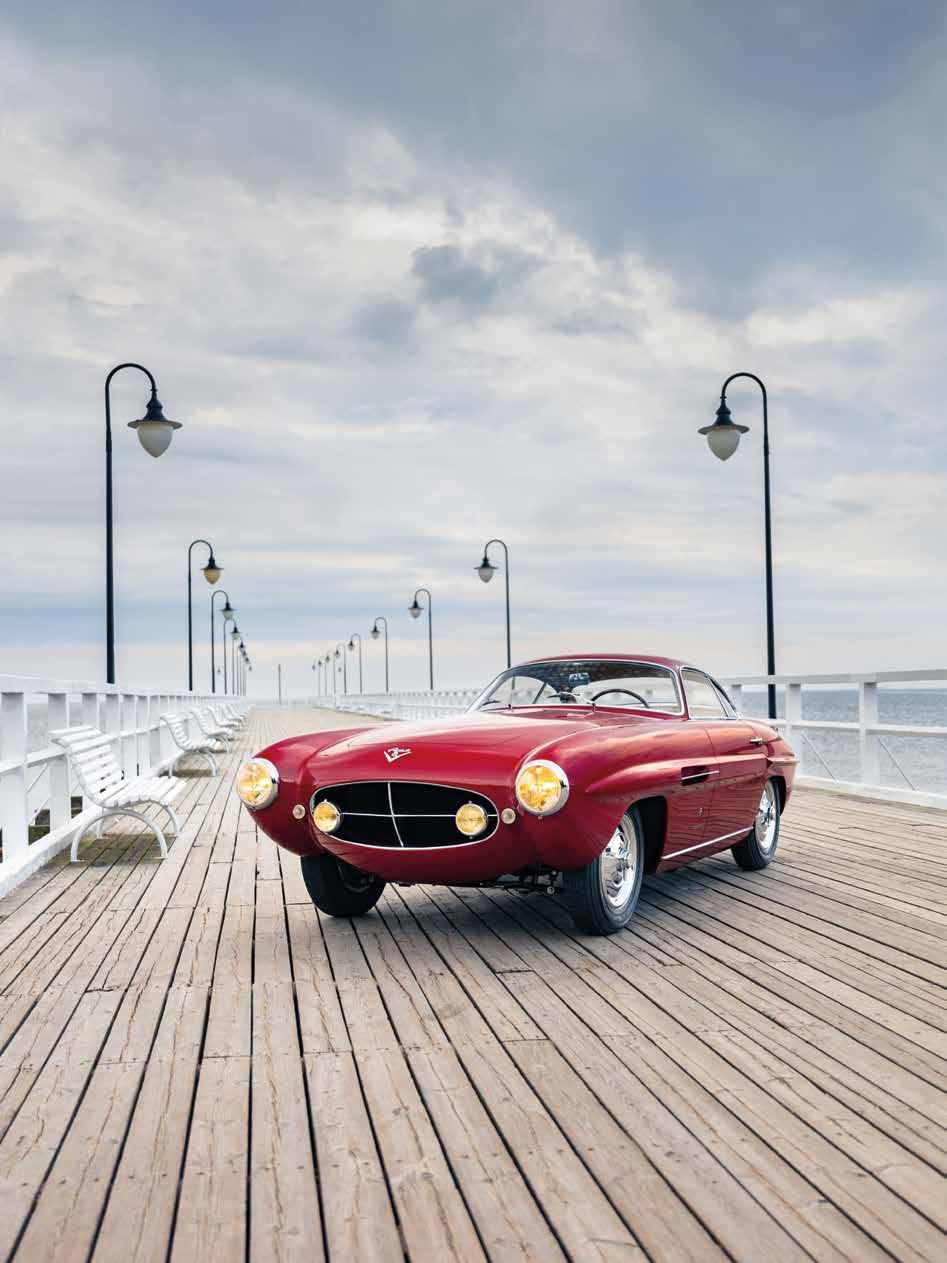
A car defined by its unique bodywork: the Jaguar D-Type is instantly recognisable by the distinctive vertical fin rising behind the driver – an aerodynamic appendage designed to improve stability at high speed on the straights.
There’s a particular kind of silence to the Flemish countryside. The kind that hangs between red-brick barns and weather-worn shutters, where time gathers like dust on cobblestones. Into this stillness rolls a shape that feels both alien and perfectly placed: the Jaguar D-Type, deep green and impossibly low, crouched like a big cat at rest.
It feels like the air around it remembers something. A hum of past violence. A ripple of speed. Because this was not built for stillness. This was built for Le Mans.
Unveiled in 1954, the D-Type wasn’t just a successor to Jaguar’s C-Type, but a radical rethinking of what a racing car could be. Where others built cars, Jaguar engineered a machine. Its monocoque chassis, derived from aircraft construction, was revolutionary: stronger, lighter and sturdier than anything on the grid. Over it, designer Malcolm Sayer sculpted a body with aerodynamic efficiency that still stops hearts 70 years later.
Under the long bonnet lay the legendary 3.4-litre straight-six XK engine, fed by triple Weber carburettors and capable of pushing the D-Type to over 260 km/h –staggering figures for the era. The car’s fin, rising like a dorsal blade behind the driver’s headrest, wasn’t just theatrical – it provided genuine high-speed stability on the Mulsanne Straight.
And it worked. Le Mans, 1955: 1st place. Le Mans, 1956: again. And then, in 1957, a near-mythical sweep:
five of the top six places were taken by D-Types, including the top three. It was the kind of dominance that changes the sport. That final year, however, marked Jaguar’s official exit from factory racing. The D-Type’s reign had been short, but it was absolute.
Of the 71 Jaguar D-Types built between 1954 and 1956, 53 were destined for privateer teams, and among them was chassis #XKD 523, a car that retained the short, steeply raked nose of the early works racers. This snub-nosed design, more compact and aggressive, would soon give way to the long-nose variant developed for Jaguar’s factory entries at Le Mans, engineered to carve through the high-speed straights with greater aerodynamic efficiency. But the early cars – like this one – remain the purest expression of the D-Type’s original design intent: raw, focused and unmistakably fast.
#XKD 523 left Coventry on 22 November 1955, painted black over red, and was shipped across the Atlantic to Roberts Harrison, who quickly sold it to Walter Huggler. It was Huggler who first unleashed the car on the track, taking victory at Allentown in
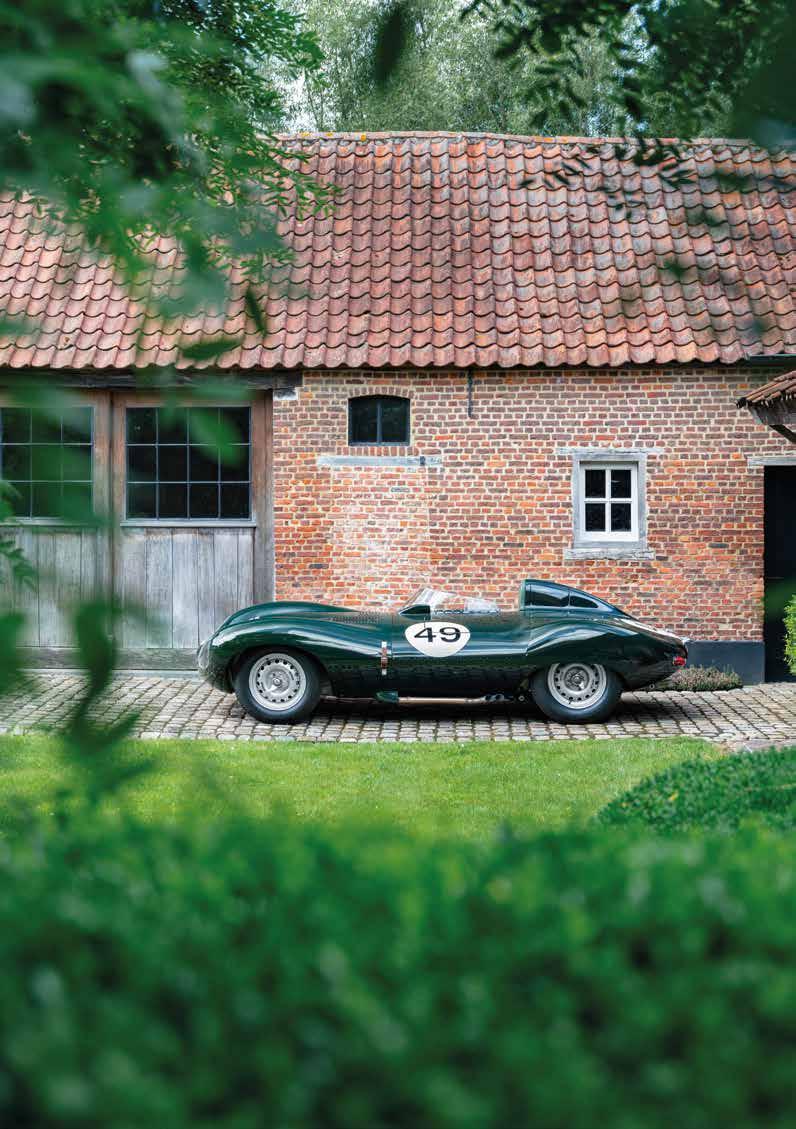
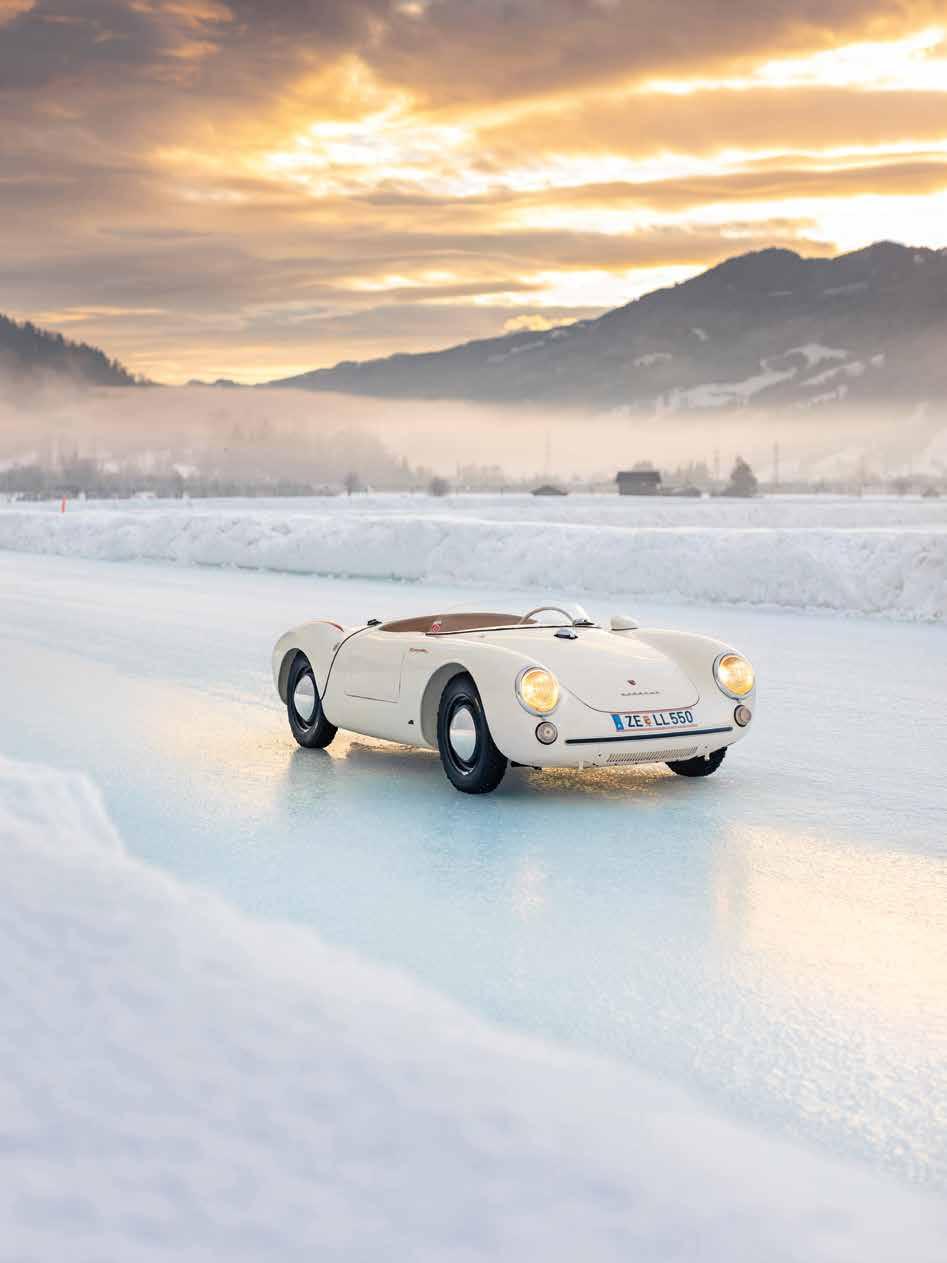
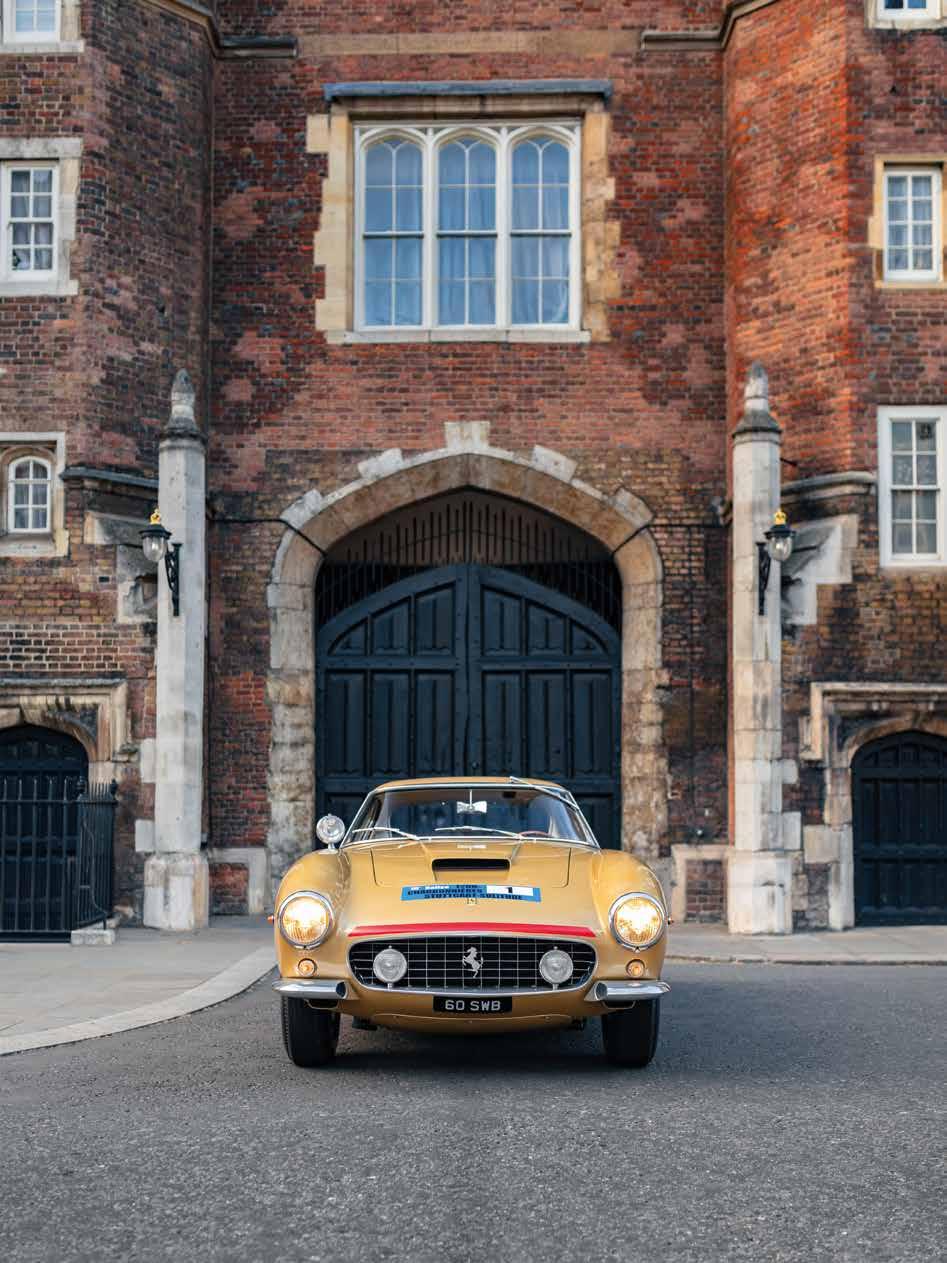

Painted in Oro Metallizzato with a hint of red above its grille, this 250 GT SWB Competizione proudly wears the colours it bore during the gruelling 1961 Lyon–Charbonnières–Stuttgart–Solitude Rally.

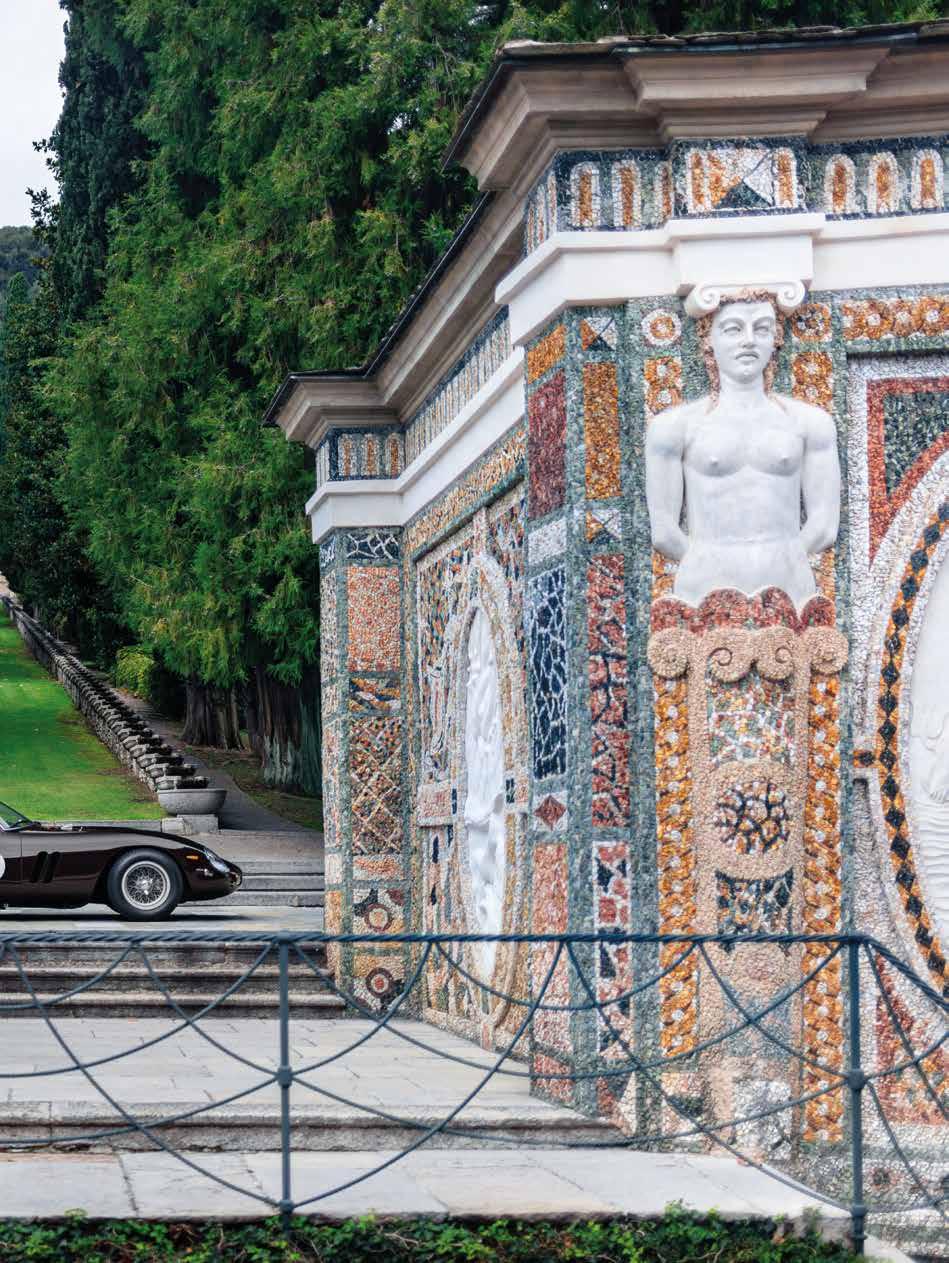
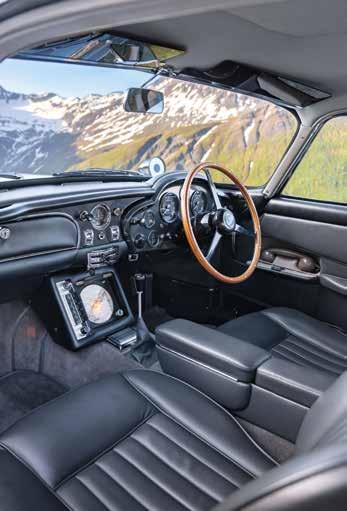

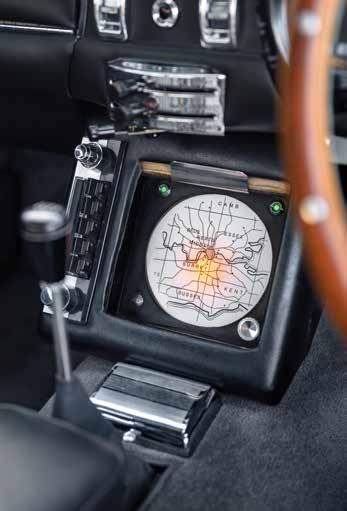

The machine guns are retractable tubes connected to oxygen and acetylene canisters, spitting sparks that look startlingly real.



Part of the 33 Stradale’s mesmerising beauty lies in its incredibly delicate butterfly doors, carrying a portion of the glass roof with them. When the demands of competition give birth to a masterpiece.


1968
One-off
V8 engine (1,995 cc)
230 hp
260 km/h
